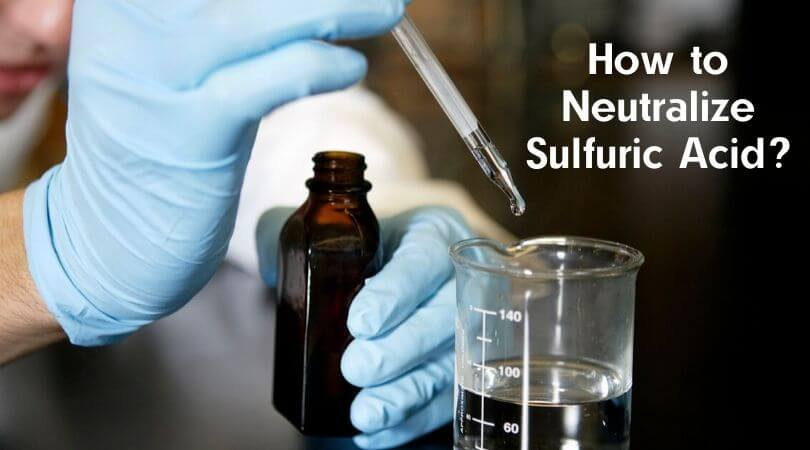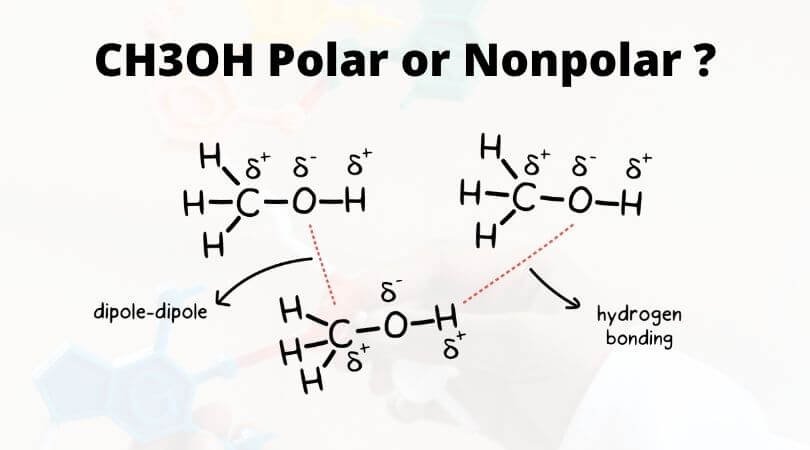The first lesson in the chemistry basics is about acids and bases along with their properties and reactions. It is crucial to remember all these basic rules of chemistry to solve problems like acid spills and other potential minor accidents that can happen in a chemistry lab. And while your mind is already racing to remember the principles of how acids and base work, let me tell you that for neutralizing any acid, you will require a base. So if you are wondering what neutralizes sulphuric acid, then here is your answer: Sodium Hydroxide (NaOH), Sodium Bicarbonate (NaH2CO3) or Baking soda (NaHCO3), as all of them are bases.
How to Neutralize Sulfuric Acid?
The sulphuric acid spill can be on your working station or on another person and hence I will help you by giving the solutions for both the situations. But before we look at the ways, please ensure that you are wearing gloves and other protective gear to avoid any accidents.
Concentrated sulphuric acid can burn the skin and cause inflammation, so it is advisable always to handle it with care and wearing a pair of gloves. Also, if you are not very confident about handling it, please reach out to some adults for the same. Be extra cautious when you are handling such strong acids.
Neutralizing the spill on a workstation
Here is where again, the basics of chemistry will save you. As you know, acids have a pH of 1 to 7; it is crucial to bring the pH between 6 and 9 to neutralize it. Measure the pH of the spilled acid as it depends upon the concentration of the sulphuric acid. Once you are done, follow these easy steps:
- After you have worn all the protective gear, neutralize the acid using one of these three options: Sodium Carbonate, Sodium Bicarbonate or Sodium Hydroxide.
- Pour the bases on the areas having the spilled sulphuric acid. You will observe some bubbling or fizzing, which means that base is neutralizing the acid.
- If you are using a neutralizing kit, then you will not see any bubble as the kits are buffered, so avoid going over the board with the neutralizer.
- Once the bubbles settle down, check the pH of the acid and if it is more than 6, voila your job is done.
- Transfer this acid in a bottle that you can dispose of later if not useful and clean your workstation with a wet sponge or wipe and let it drain through the sink.
Many people working in chemistry labs, use such a base for adjusting the pH of acids and buffers. You can also use this above-stated procedure for the same after verifying it with your professors.
Neutralizing the spill on a person
So if you have spilled some acid on your lab partner accidentally, avoid using Sodium Hydroxide (NaOH) as you might require a large amount of it to neutralize the acid that can result in burns. Follow one of the below-given methods to neutralize the acid:
- If you have spilled the acid on clothes, then take the piece of clothing off and keep it under running water to wash off the acid thoroughly.
- If you cannot take it off, make a paste of water and baking soda (NaHCO3) and apply it to the area with the spill. This will also neutralize the acid.
- In short use weaker bases to neutralize the acid as neutralization is an exothermic reaction and it produces heat, which can harm the person. So be extra careful and attentive while neutralizing such acid spills.
Concluding Remarks
Neutralizing acids with such weak bases is easy, but as mentioned, it is better to be careful while doing it. Similarly, you can use weak acids for neutralizing a strong base. A neutralization reaction is something chemistry students should remember as it helps in dealing with such scenarios in the labs and avoid casualties. I hope this blog is a quick-help for the people finding ways on how to neutralize sulfuric acid.





Very helpful. Just what I was looking for – not an emergency 🙂
Very helpful thank you for your information
Thank you P femia.